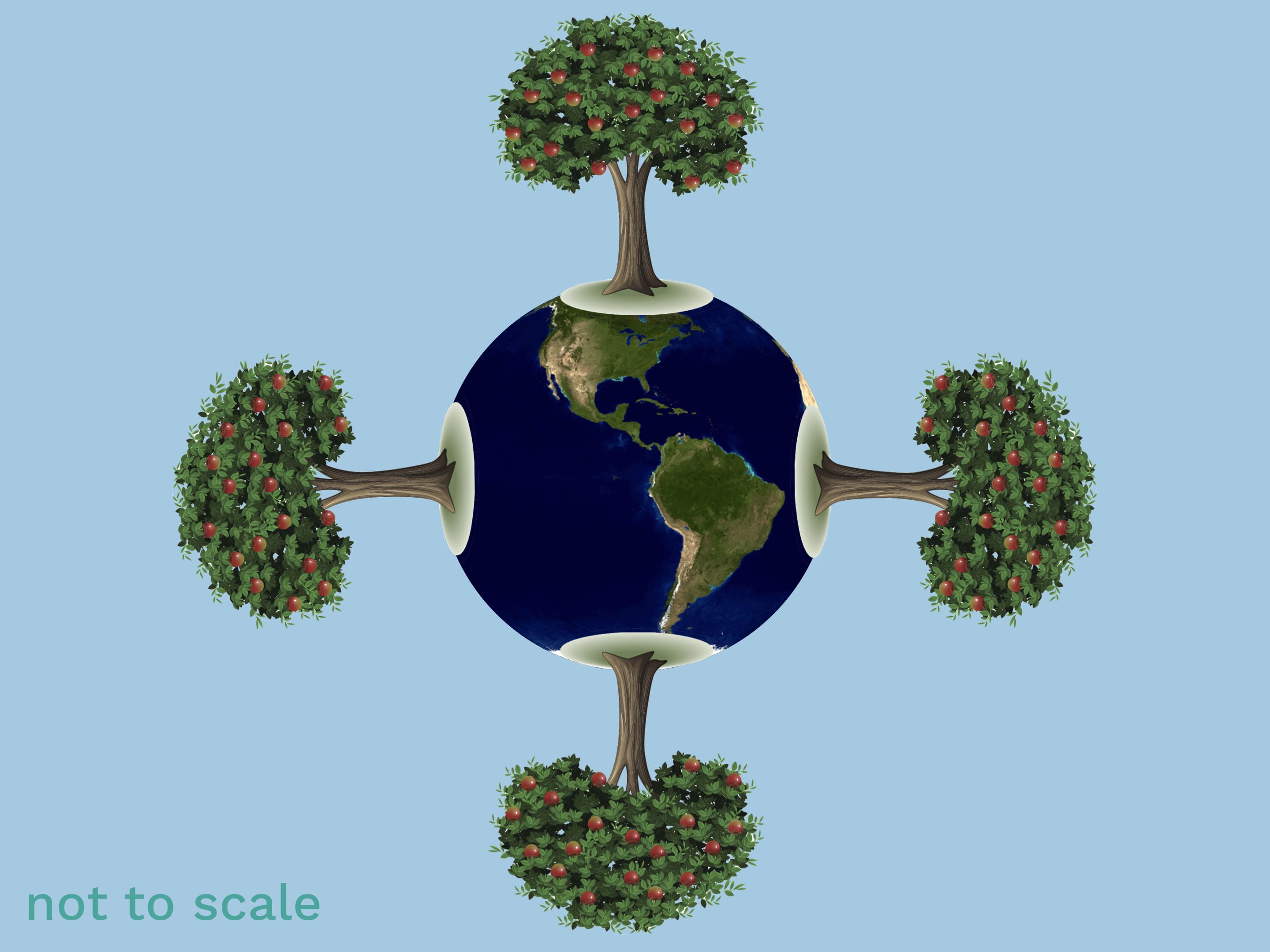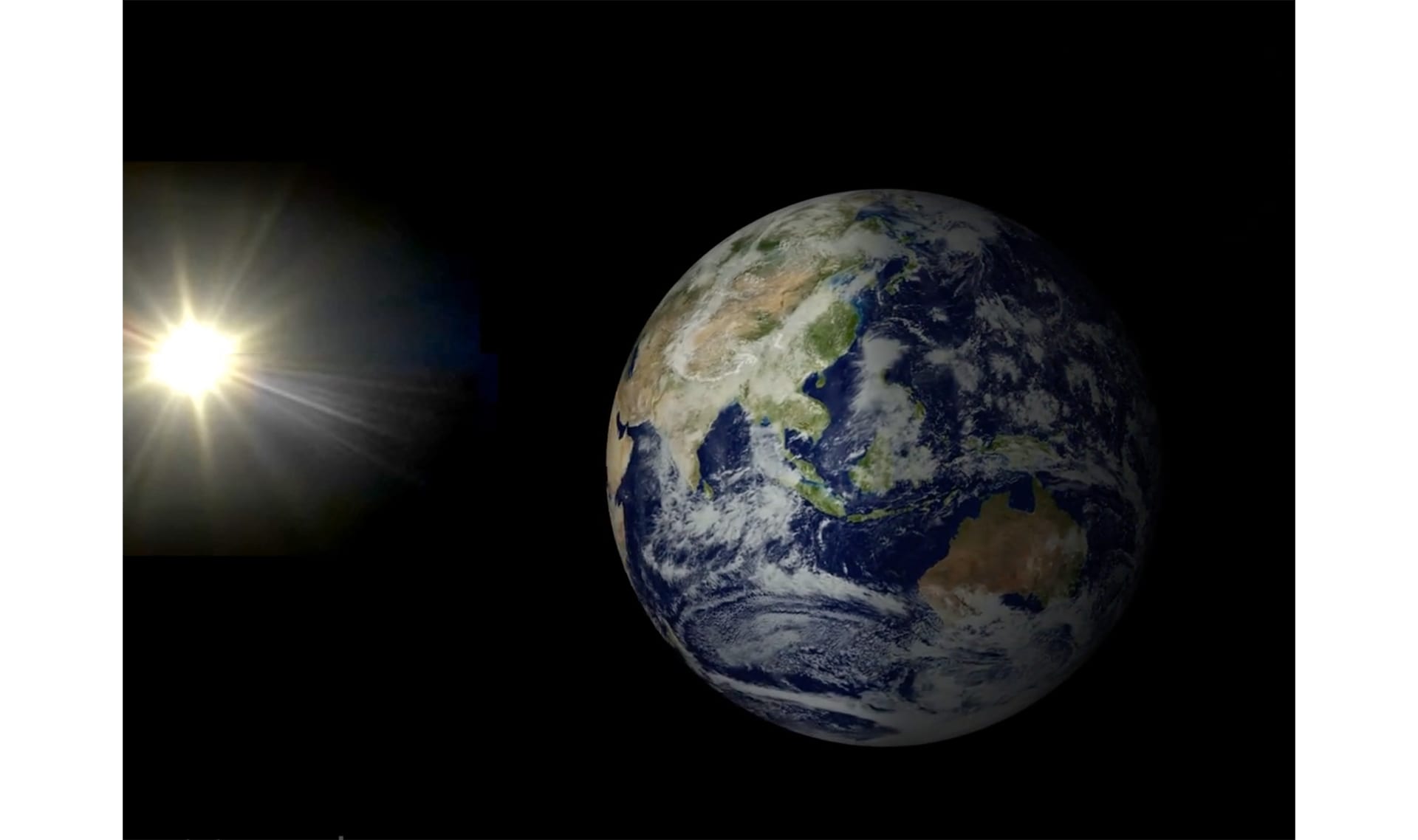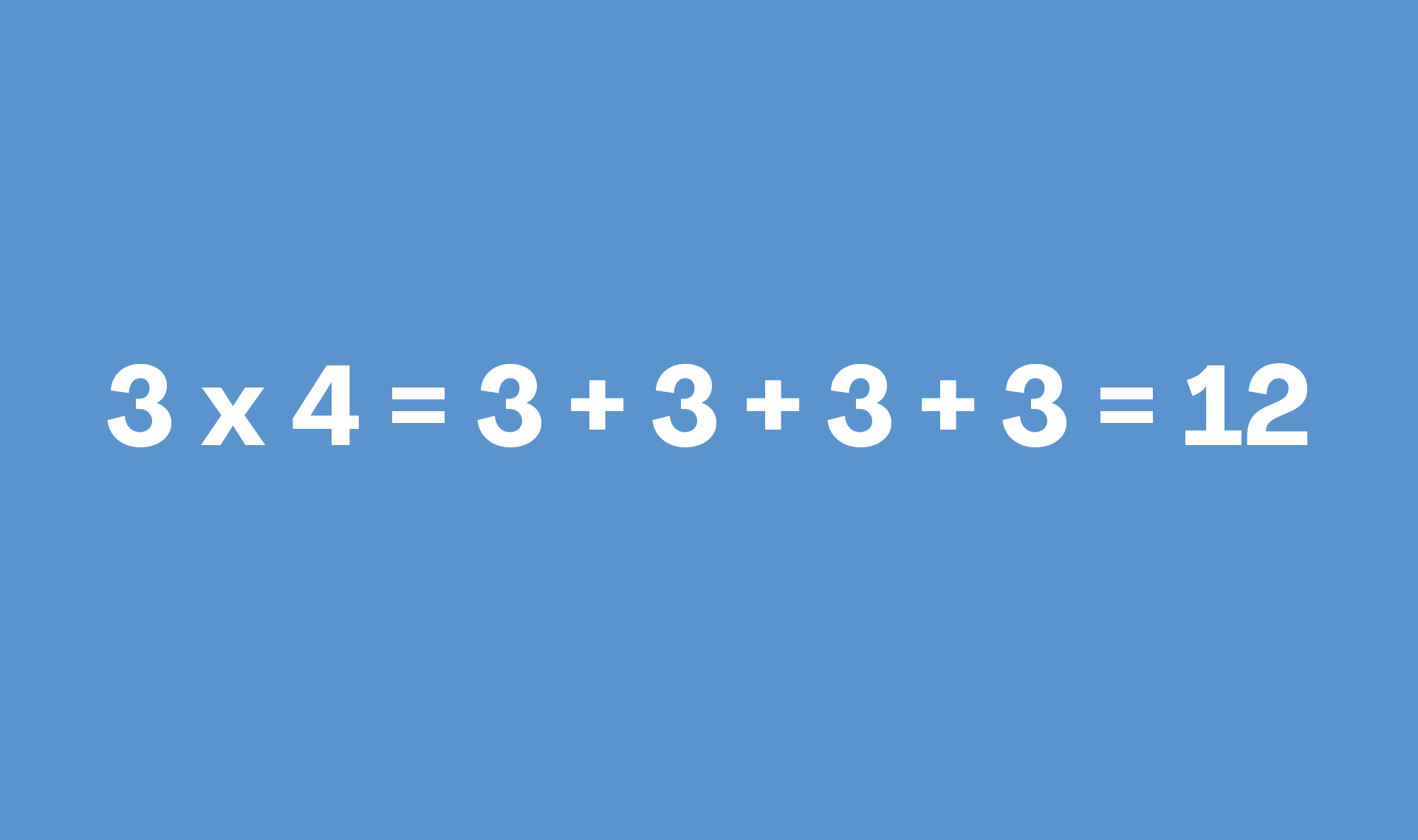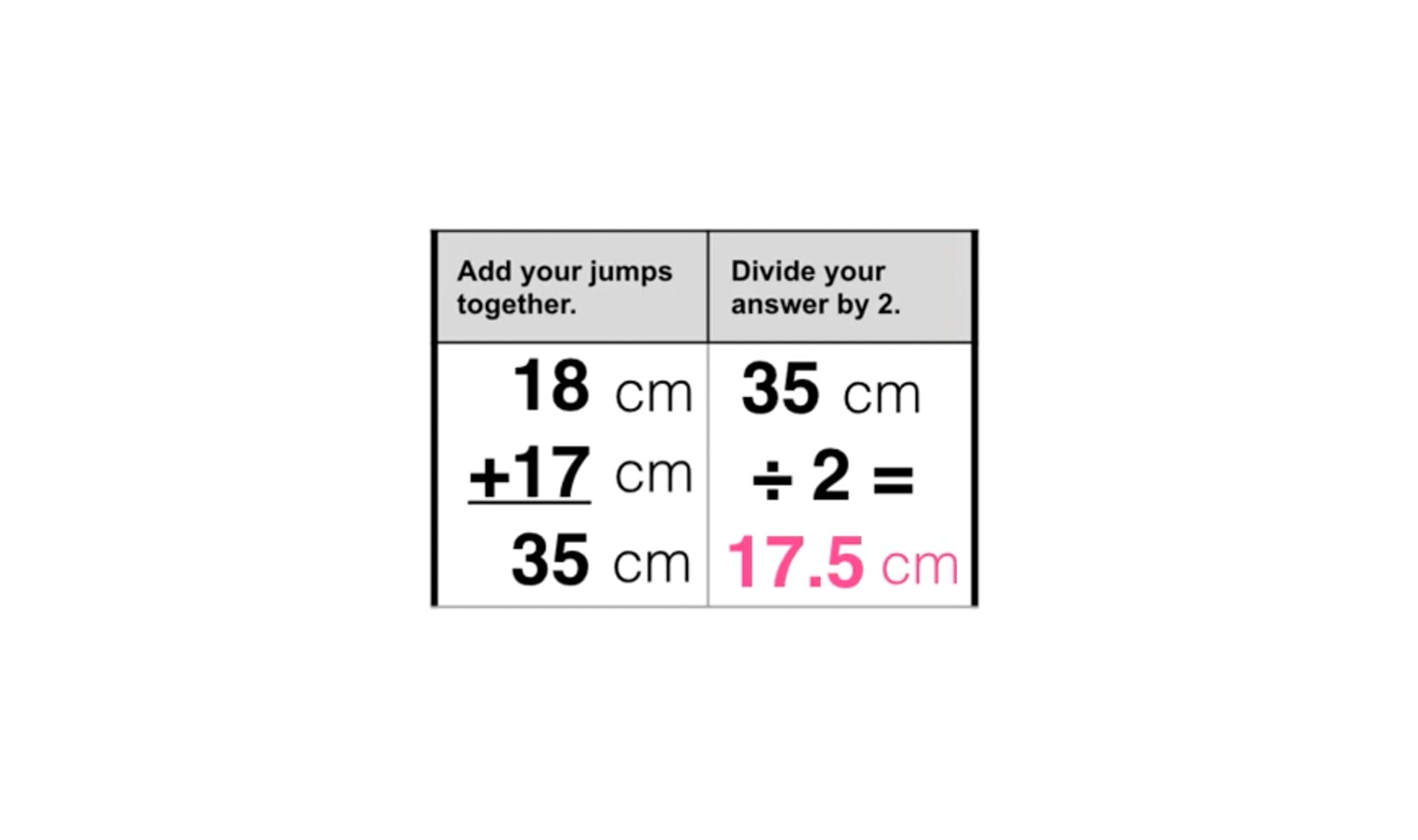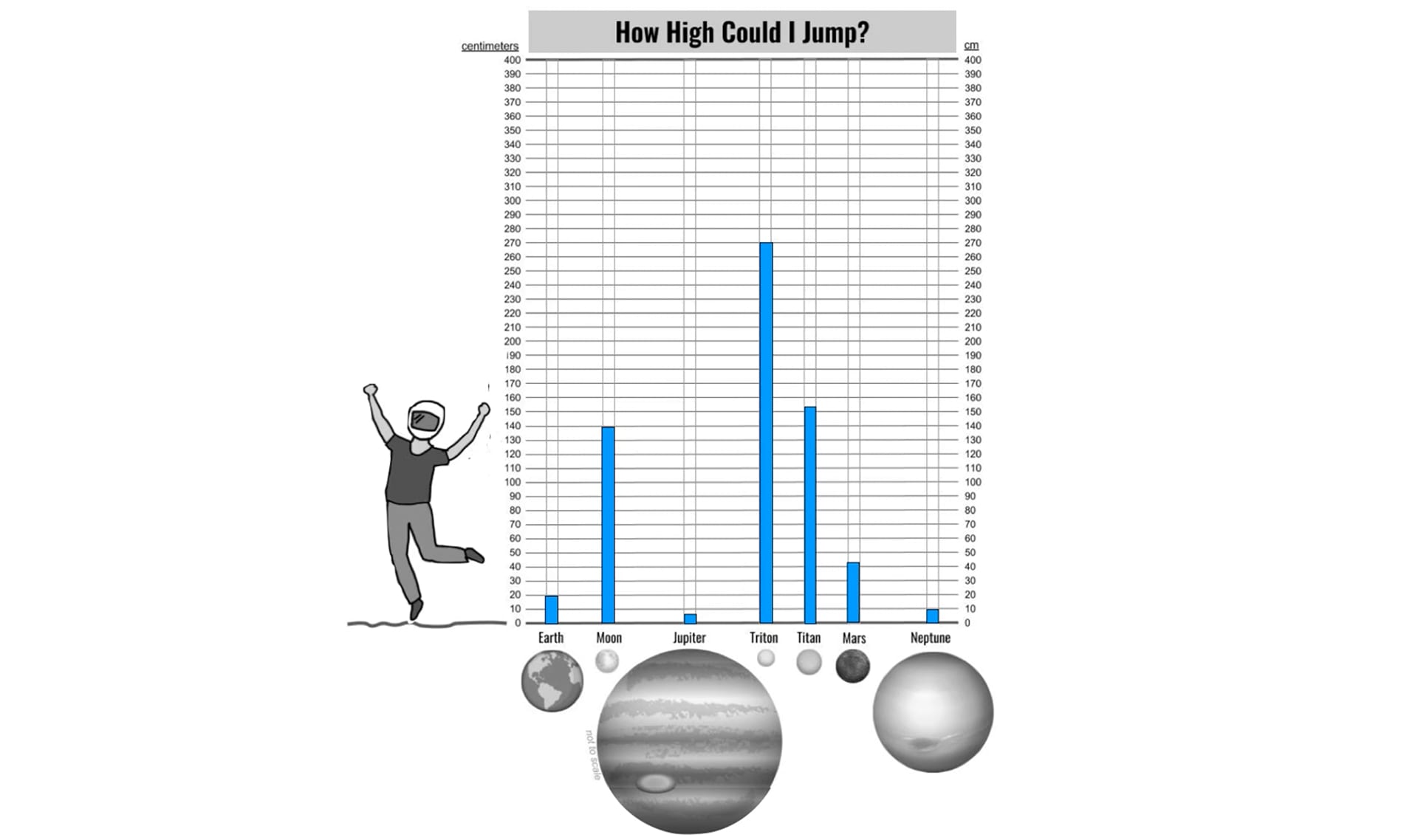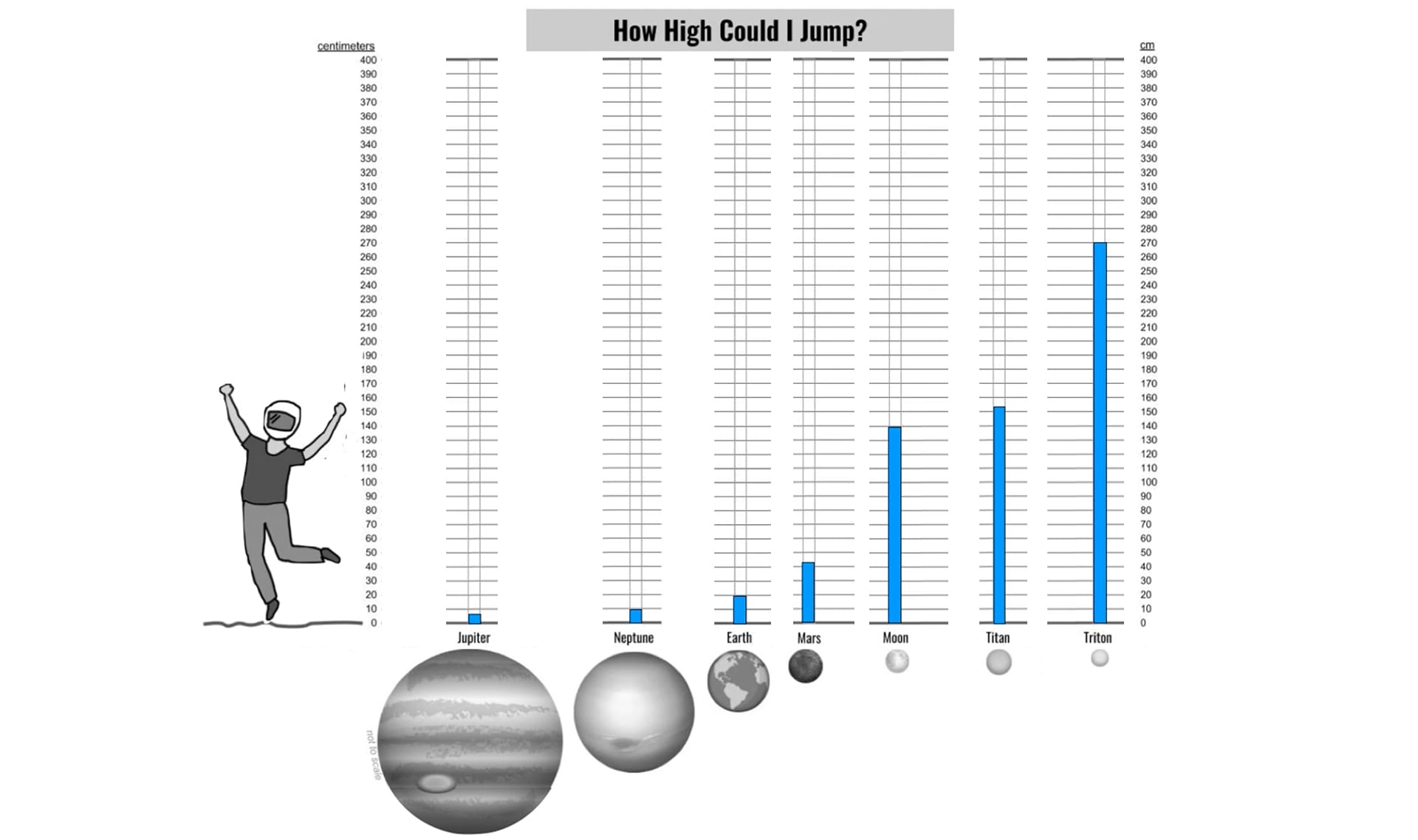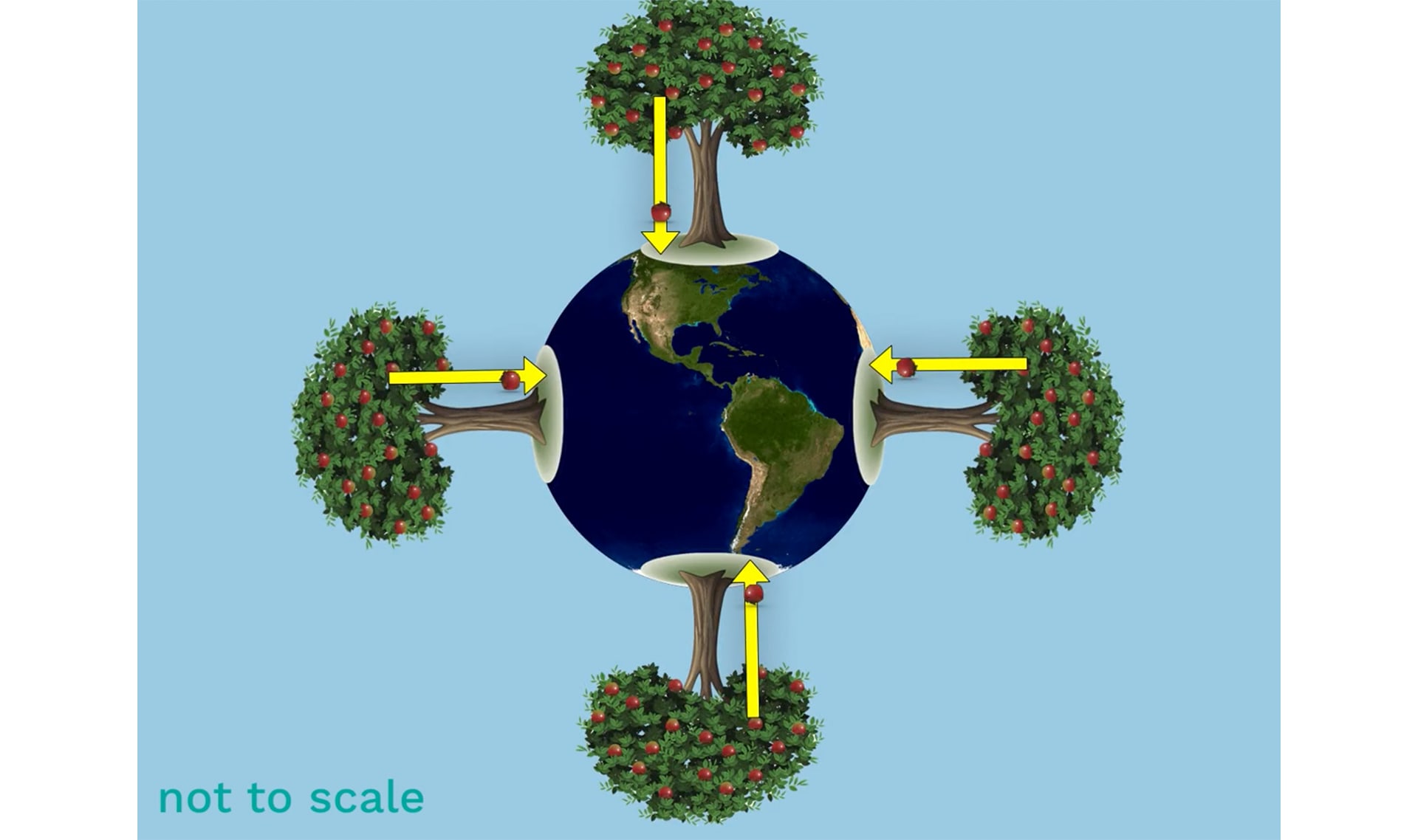Mystery Science respects the intellectual property rights of the owners of visual assets.
We make every effort to use images and videos under appropriate licenses from the owner or by
reaching out to the owner to get explicit permission. If you are the owner of a visual and
believe we are using it without permission, please
contact us—we will reply promptly and make
things right.
Other
3 year old Tydus by
Trav and Cor
Apollo 16 Lunar rover "Grand Prix" by
NASA HD
Apple falling - close up by
Manamatata
Apple falling slow motion by
Wavebreak_Video
Apple tree graphic by
DreamCreation
Apples by
Caliproducties
Apples falling by
Olegha
Astronauts falling on the moon by
Martian Archaeology
Black chairs by
Strekoza64
Earth Vector by
Lucky Vector
Earth vector by
Lucky Vector
Family throwing leaves and having fun by
VIAFilms
Five playful teen girls on a mountain trail by
TheStacks
Illustration of a team of astronauts by
Lorelyn Medina
Jupiter Moons by
Jan Sandberg
Magnet picking up nails by
Van_Vog
Mars 2003 by
JPL
Mars rover in Buckskin selfie by
JPL
NASA Moon tour by
NASA Goddard
Neptune by
Blue Ring Media
Neptune by
NASA Commons
Neptune by
BlueRingMedia
Newspaper with breaking headline by
Castleski
Pencil by
Vitaly Zorkin
Pencil by
Vitaly Zorkin
Phobos Colour by
Mars Reconnaissance Orbiter
Planet vectors by
Anatolir
Planet vectors by
Anatolir
Satellite images of earth by
Anton Shahrai
Saturn's moon by
Dotted Yeti
Science concept fun by
Abaget
Sky diving contest by
MADConcept
Sticky notes by
Kirate
Two black chairs by
Strekoza64
Two kitties by
Tony Campbell
Two men diving from a springboard by
Paha_L



